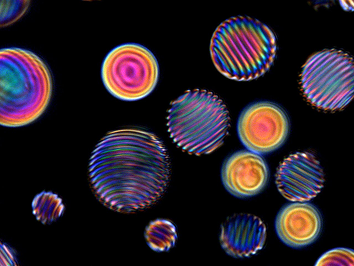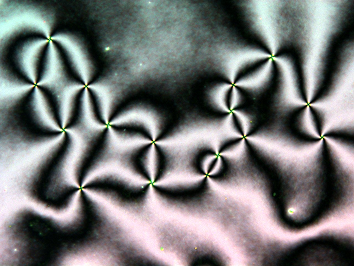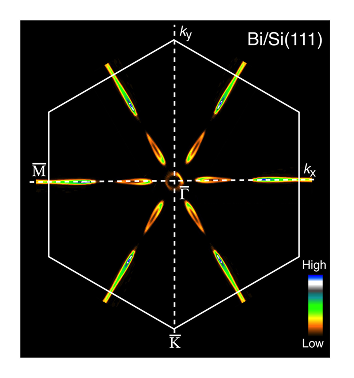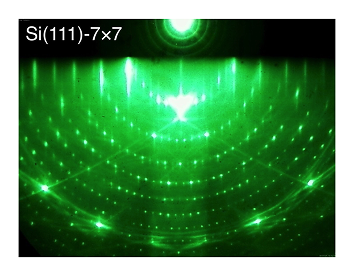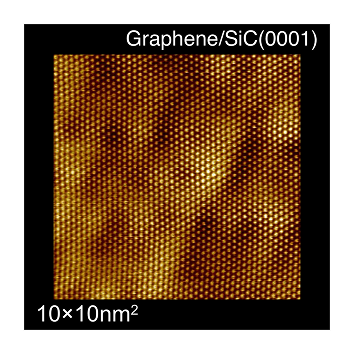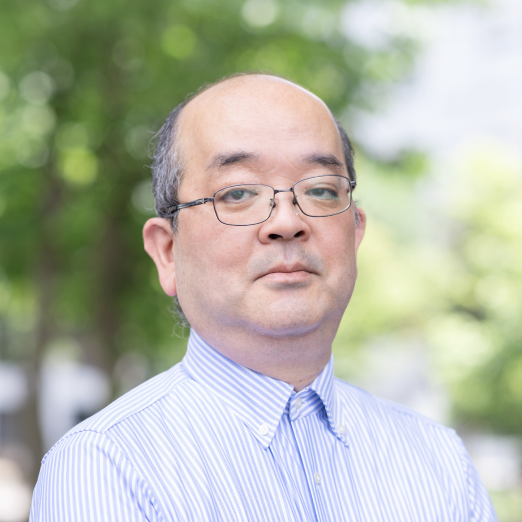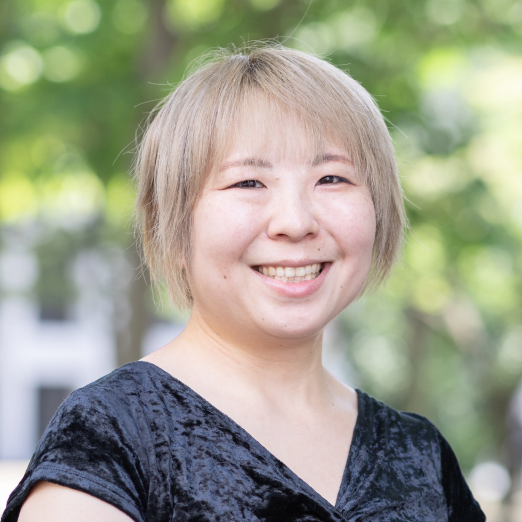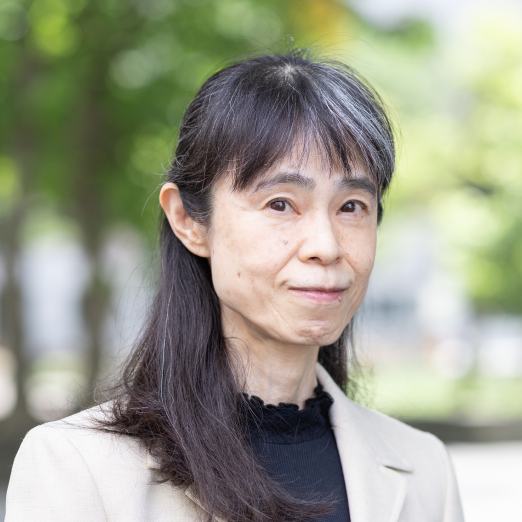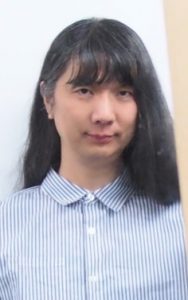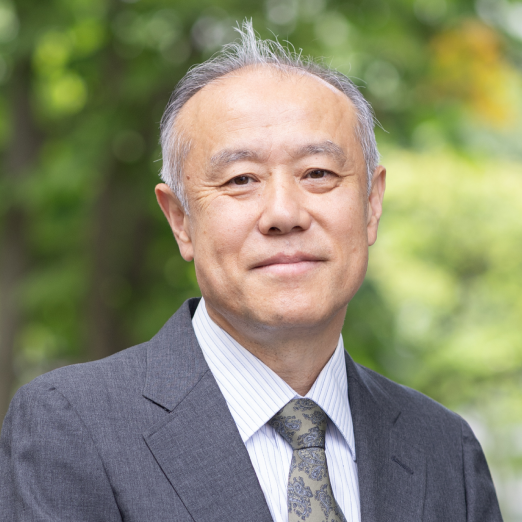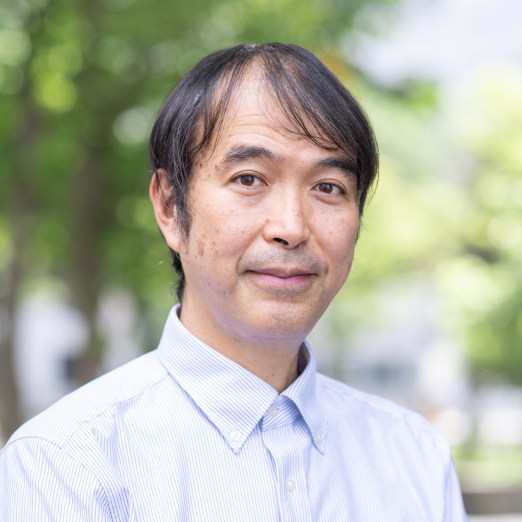凝縮系物理学概要
Overview of Condensed Matter Physics
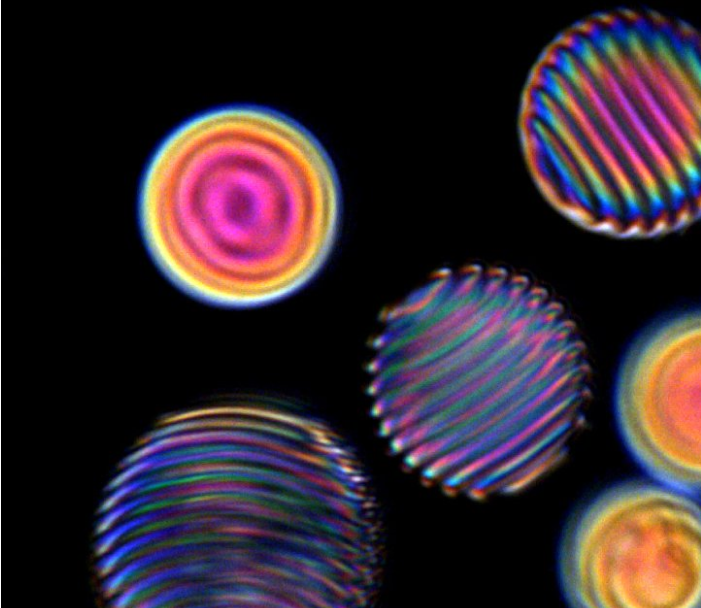
凝縮系物理学は現代産業の基幹となる学問です。本部門ではこれに関連して,光物性,ソフトマター物理,レーザー物理,表面・界面物理,強相関物理,低次元物理など様々な講義を提供しており,さらに幅広いテーマに渡って研究を行っています。具体的な研究テーマは以下の通りです。
- 電荷やスピンの自由度が結合した物質の開発,および光学測定等を用いた物性の研究。例として,軌道 / 電荷整列とその揺らぎ,光誘起相転移など。
- 液晶を中心としたソフトマターの物性実験。系を構成する分子とマクロな静的・動的物性とを結びつける分子間相互作用の解明と制御。液晶ナノマシーンや擬似生体膜への応用。
- アト秒物理・超高速分光の実験的研究。赤外の高強度レーザーパルスや、極端紫外領域のアト秒レーザーパルスを用いた、原子や分子・凝縮系の超高速光誘起過程の解明と制御を行う。
- 物質の電子構造について,電子間相互作用や電子格子相互作用による相間効果に注目して研究する。X線や電子線を利用する分光実験によって,多様な機能を示す固体材料の物性を電子構造の立場から解明する。
- 固体内部や表面における原子輸送現象や酸化・還元反応などの動的過程の観察とそのメカニズム解明。単一原子輸送制御などの新しい実験を装置開発も含めて実現していく。
- 薄膜や表面超構造などの低次元系の原子配列や電子構造を決定し,物性解明を行う。グラフェンやトポロジカル絶縁体といった物質を扱い,光電子分光、走査トンネル電子顕微鏡、電子/陽電子回折など様々な実験手法を駆使して超伝導,スピン物性などを明らかにする。
Condensed matter physics is a basis of core-technologies for modern industry. Condensed matter physics area at Waseda provides a variety of lecture courses including soft matter physics, laser physics, surface and interface physics, strongly correlated electron physics, optical process in solids, and low-dimensional physics, and also spans a wide range of research on condensed matter. The research theme of each group in condensed matter physics area is as follows:
- Studies on physical and chemical phenomena occurred in a material and on a surface, such as diffusion of atoms/ions and reduction/oxidation processes. Development of conceptually new devices and systems, such as for neuromorphic computing systems, based on the studies is also carried out. In the studies, instruments such as STM, SEM, LEED, Semiconductor Parameter Analyzer, and EB-deposition system are used.
- Spectroscopic studies on correlated electrons in the bulk or at the surface of solids. We aim to find novel quantum states or functionalities due to electronic correlation by means of photoemission or x-ray spectroscopy and contribute to development of new energy materials.
- Attosecond and ultra-fast spectroscopy. Our aim is to develop experimental methodologies to study fast electron dynamics in an atom and a molecule by using an intense infrared laser pulse and an attosecond laser pulse in the extreme ultra-violet region.
- Exploring new physics through new materials. We seek to synthesize new materials including transition metal oxides as strongly correlated electron systems, grow new crystals, and find their exotic behaviors, e.g., charge/orbital ordering and large responses to an external field, by measuring their transport, magnetic, and properties.
- Experimental studies on soft matter, especially focusing on static and dynamic properties of liquid crystals. We try to understand how the soft molecular interaction should result in the long-range orientational order and how the molecular random motion is transformed from the vastly differing scales ranging from nm to mm and from pico-seconds to micro-seconds. This multi-scale energy transformation is one of the unique properties of soft matter, which will help us to clarify life activities.
- Determine the atomic arrangement and electronic structure of low-dimensional systems such as thin films and surface superstructures, and elucidate their physical properties. The target materials for this research include graphene and topological insulators. Using various experimental techniques such as photoelectron spectroscopy, scanning tunneling electron microscopy, and electron/positron diffraction, we measure the physical properties of these materials and investigate superconductivity, spin properties, and other exotic phenomena in low-dimensional systems.
凝縮系物理学担当教員
Professors and academic staff in Condensed Matter Physics

